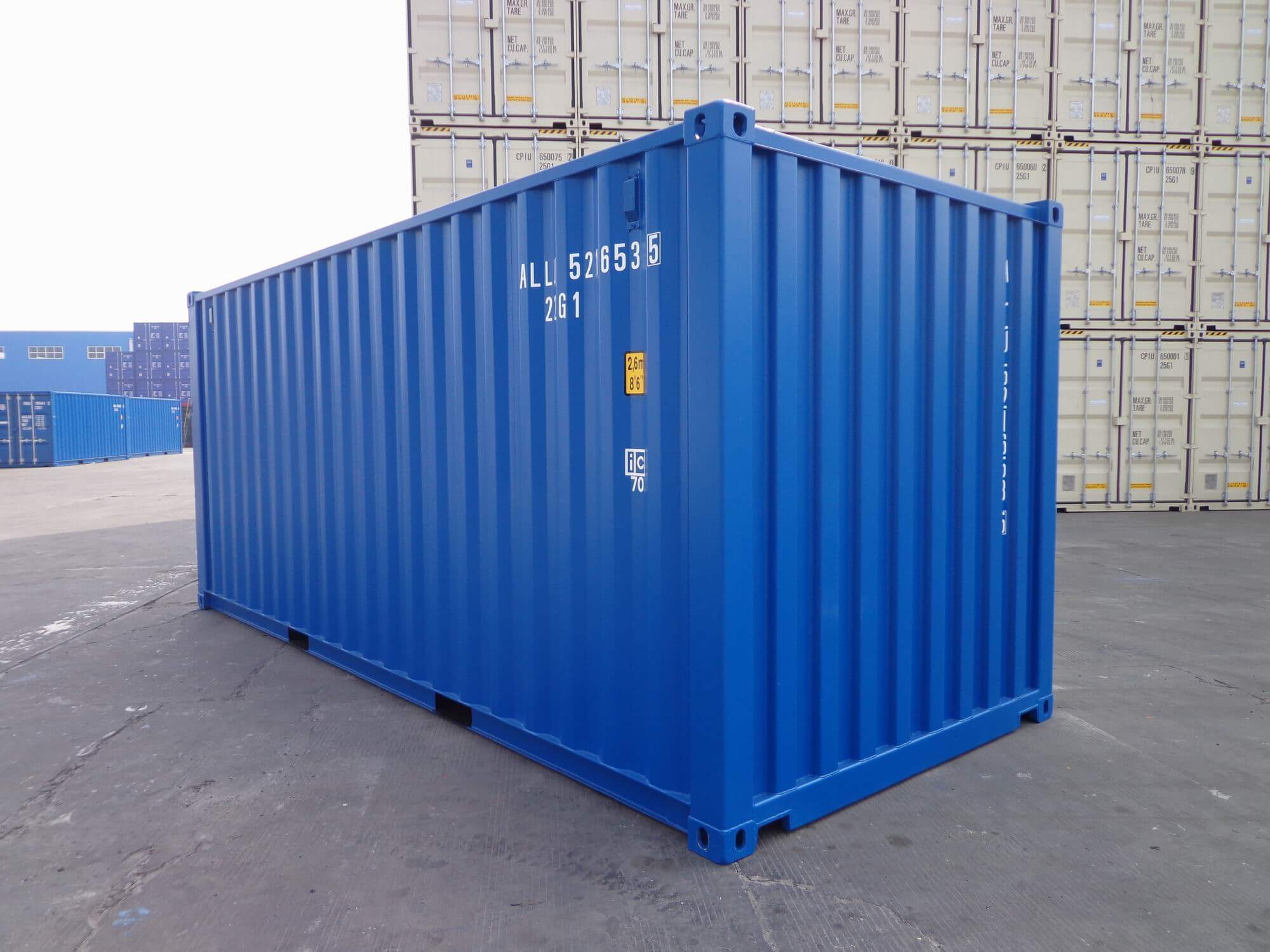Getting into a car accident is a stressful and overwhelming experience. However, knowing what steps to take immediately after an accident can help ensure your safety, protect your rights, and facilitate the claims process. In this step-by-step guide, Cash for cars Wollongong will walk you through the essential actions to take after a car accident, from staying calm to seeking legal assistance if needed. So, let’s dive in and discover what you should do after a car accident.
Stay Calm and Ensure Safety
The first and most crucial step after a car accident is to stay calm and ensure the safety of yourself and others involved. It’s natural to feel shaken, but staying calm will help you make rational decisions in a stressful situation. Here’s what you should do:
- Check for injuries: Before anything else, check yourself and others for injuries. If anyone is injured, call for medical help immediately.
- Move to a safe location: If possible and without risking further injuries, move your vehicle to a safe location, such as the side of the road or a nearby parking lot.
- Activate hazard lights and set up warning signs: Turn on your hazard lights to alert other drivers of the accident. If you have them, set up warning signs or cones to create a safe zone around the accident scene.
- Contact emergency services: If the accident is severe or involves significant injuries, call emergency services right away. They will dispatch the appropriate personnel to assist you.
Document the Accident Scene
Gathering information and documenting the accident scene is essential for insurance claims and potential legal proceedings. By collecting the right evidence, you can support your case and ensure a fair resolution. Follow these steps:
- Take photos and videos: Use your smartphone or camera to take clear and comprehensive photos and videos of the accident scene. Capture the damages to vehicles and property, road conditions, traffic signs, signals, skid marks, or any other evidence relevant to the accident.
- Collect witness statements and contact information: If there are witnesses present, ask them for their statements regarding the accident. Get their contact information as well, as they may be valuable resources during the claims process or any legal proceedings.
- Make detailed notes: Write down everything you can remember about the accident while it’s still fresh in your mind. Include the date, time, and location of the accident, as well as the weather conditions at the time. Describe the events leading up to the accident, including any details you find relevant.
Exchange Information with the Other Party
After ensuring safety and documenting the accident scene, it’s crucial to exchange information with the other driver(s) involved. This information will be necessary for filing insurance claims and resolving any potential legal disputes. Here’s what you should do:
- Share essential information: Exchange the following information with the other driver(s):
- Names, contact details, and addresses
- Driver’s license numbers and license plate information
- Insurance company names and policy numbers
- Be cautious: While it’s important to exchange information, avoid discussing fault or liability at the scene. Stick to the facts and avoid making any statements that could be misinterpreted later.
Report the Accident to Authorities and Insurance Companies
Reporting the accident to the authorities and your insurance company is crucial for initiating the claims process and ensuring proper documentation. Here’s what you need to do:
- Report the accident to the police: Contact the local authorities and provide them with the necessary details about the accident. Cooperate with them and explain the situation accurately. Obtain a copy of the police report for your records, as it will serve as an official document.
- Contact your insurance company: Notify your insurance company about the accident as soon as possible. Provide them with accurate and comprehensiveinformation about the incident. Make sure to understand your policy and coverage, and follow their instructions regarding the claims process. Coordinate with the insurance adjuster assigned to your case and provide any additional information they may request.
Seek Medical Attention
Your health and well-being should be a top priority after a car accident, even if you believe your injuries are minor. Some injuries may not be immediately apparent, and seeking medical attention promptly is crucial for your recovery and for documenting your injuries. Take these steps:
- Prioritize your health: If you or anyone involved in the accident is injured, seek medical attention without delay. Call an ambulance or visit a doctor as soon as possible. Your well-being is paramount.
- Recognize and address injuries: Even if you think your injuries are minor, don’t ignore them. Some injuries, such as whiplash or internal injuries, may have delayed symptoms. Let a medical professional evaluate you and provide the necessary treatment.
- Document medical treatments and expenses: Keep track of all medical treatments, prescriptions, and expenses related to the accident. This documentation will be essential for insurance claims and potential legal proceedings.
Preserve Evidence and Track Expenses
Preserving evidence and tracking expenses will strengthen your case when dealing with insurance companies or pursuing legal action. Follow these steps:
- Retain and organize documents: Keep all relevant documents related to the accident in a safe place. This includes police reports, medical records, repair estimates, invoices, and any correspondence with insurance companies or other parties involved.
- Track accident-related expenses: Keep a detailed record of all accident-related expenses. This may include medical bills, rehabilitation costs, prescription expenses, vehicle repair or replacement costs, lost wages, and any other out-of-pocket expenses. These records will help you calculate your losses accurately.
Understanding Legal Options
Depending on the circumstances surrounding your car accident, you may need to explore legal options to protect your rights and seek fair compensation. Here are some key considerations:
- Assess the need for legal representation: If the accident involved severe injuries, significant property damage, or complex liability issues, it may be wise to consult with a personal injury attorney. They can provide expert guidance tailored to your specific case.
- Consult with a personal injury attorney: Schedule a consultation with a reputable personal injury attorney to discuss the details of your case. They can evaluate your situation, determine fault and liability, and advise you on the best course of action.
- Explore legal options: Your attorney will guide you through the various legal options available, such as filing a personal injury lawsuit, negotiating a settlement with insurance companies, or seeking mediation or arbitration. They will help you understand the potential outcomes and the best strategy for your specific circumstances.
Conclusion
Experiencing a car accident can be a traumatic event, but knowing what steps to take immediately afterward can make a significant difference in your recovery and the outcome of your case. By staying calm, ensuring safety, documenting the accident scene, exchanging information, reporting the accident, seeking medical attention, preserving evidence, tracking expenses, and understanding your legal options, you can navigate the aftermath of a car accident with confidence. Remember, it’s important to prioritize your well-being and consult with professionals who can guide you through the process.







